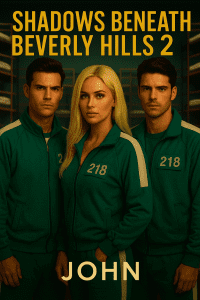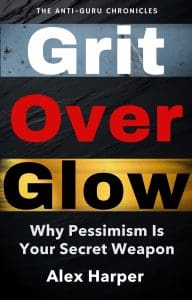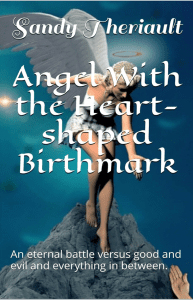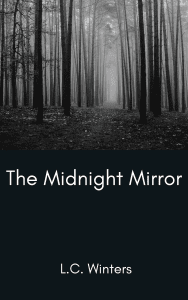About A Christmas without Reindeer by Dennis Stuempfle
This is BOOK 4 in the 4-part series about Tchotchke, a bunny rabbit, who found a home with a loving family and joins them in their daily lives and various adventures. In this book, Tchotchke and his family are spending Christmas with family in Fairbanks, Alaska, not far from the North Pole. They learn that there is a problem with Santa’s reindeer. Can something be done to ensure that children around the world have a wonderful Christmas, or is the world destined to see its first Christmas without a visit from Santa?
Buy the book, and follow the author on social media:
Learn more about the writer. Visit the Author’s Website.
[Read more…] about A Christmas without Reindeer by Dennis Stuempfle



















